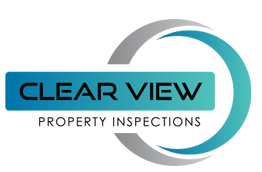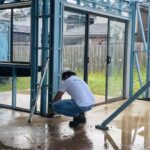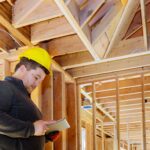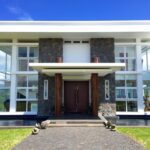Building Inspection Report Sydney Checklist
Many homeowners embarking on the journey of booking a building inspection report or a timber pest inspection often find themselves in uncharted territory, unsure of what to anticipate. To demystify this process, we’ve compiled a comprehensive guide outlining what to expect in a building inspection report in Sydney.
What We Look For During A Building And Pest Inspection
If you’re looking to buy a property in Sydney, it’s crucial to get a building inspection done to ensure that you’re making a sound investment. A building inspection report can give you an overview of the property’s condition, identify any issues or concerns, and help you make an informed decision about your purchase.
At Clear View Property Inspections, we understand how important it is to have a reliable and accurate building inspection report. Our team of qualified building inspectors has years of experience in the industry and is trained to identify any potential issues with the property.
Our Building Inspection Report Sydney Checklist covers all the essential areas that need to be assessed to ensure that the property is structurally sound and free of any defects.
Here’s what we look for:
- Structural Integrity: We thoroughly inspect the foundation, walls, and roof of the property for any cracks, leaks, or other signs of damage that could indicate structural issues.
- Electrical Systems: We check the wiring, circuit breakers, and electrical outlets to ensure they are in good working condition and comply with current safety standards.
- Plumbing Systems: We assess the plumbing systems, including pipes, water heaters, and other fixtures, to identify any leaks or damage that could lead to costly repairs.
- HVAC Systems: We inspect the heating, ventilation, and air conditioning systems for proper function and cleanliness to ensure that they are in good working condition.
- Safety Features: We check for smoke detectors, carbon monoxide detectors, and other safety features to ensure they are functioning properly and meet current safety standards.
- Insulation: We assess the insulation in the walls and attic to ensure energy efficiency and reduce heating/cooling costs, saving you money in the long run.
- Appliances: We inspect the appliances (such as ovens, stoves, and refrigerators) to ensure they are in good working order and meet current safety standards.
- Doors and Windows: We check the doors and windows for proper operation, security, and weatherproofing, ensuring that the property is secure and protected from the elements.
- Exterior: We thoroughly inspect the exterior of the building for signs of damage, including the roof, gutters, and siding, to ensure that the property is free of defects.
- Pest Control: We check for signs of pests, including termites, rodents, and other insects, to ensure that the property is free from infestations that could cause damage.
Detailed Checklist for Sydney Residents:
Details about the property: Size, how many bedrooms, ensuite, bathrooms, garages etc
Was the property furnished or occupied during the inspection? It’s important to know as furniture can conceal defects and if the property is empty and the bathroom/shower has not been used in a while this can hide potential shower/bathroom moisture issues.
Age of the property
Where does the façade of the property face? North, east, south or west. Can be important of you plan on developing or renovating as the shadow line of the sun can effect neighbouring properties pending what you wish to do.
Contour or property
Land falling back wards or sloping towards the front or flat etc
Is the property in the middle, front or back of the land?
What’s the building made of?
Brick veneer, double brick, clad, concrete, slab on ground, bearers and joist is just a few examples of what you may see on the building inspection report.
What utilities were working during the inspection?
Electricity, water, sewer, gas etc some examples of what would be on during our inspection.
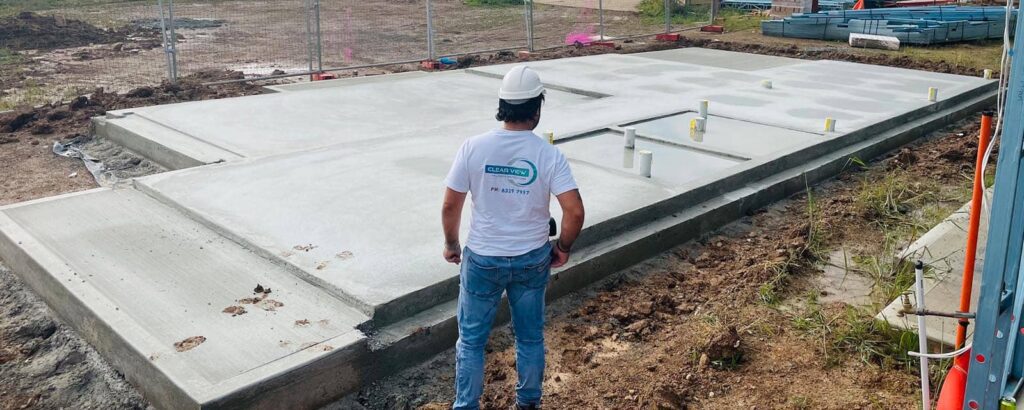
Clear View Property Inspections – Complete residential home inspections
Weather conditions during the inspection
It’s important to know weather conditions as the report may notice no water leaks or perhaps very damp subfloor. Obviously prevailing weather can vary what we see on the day.
Incomplete Construction?
Building inspection report should make note of any incomplete construction.
Building inspection report should not all areas inspected and areas not inspected and why. It’s important to understand what areas the inspector was not able to access so you are fully informed before making your property purchase.
Obstructions
What Obstructions did the inspector have? Furniture, cabinets, water tanks, sheds, Ac units, floor and wall coverings, window coverings. These are things you need to be aware of.
Inaccessible areas
What does inaccessible areas mean? These are rooms that would normally be accessible but on the day we could not get access. For example, door was locked or there was stored items Infront of the door and we could not get in.
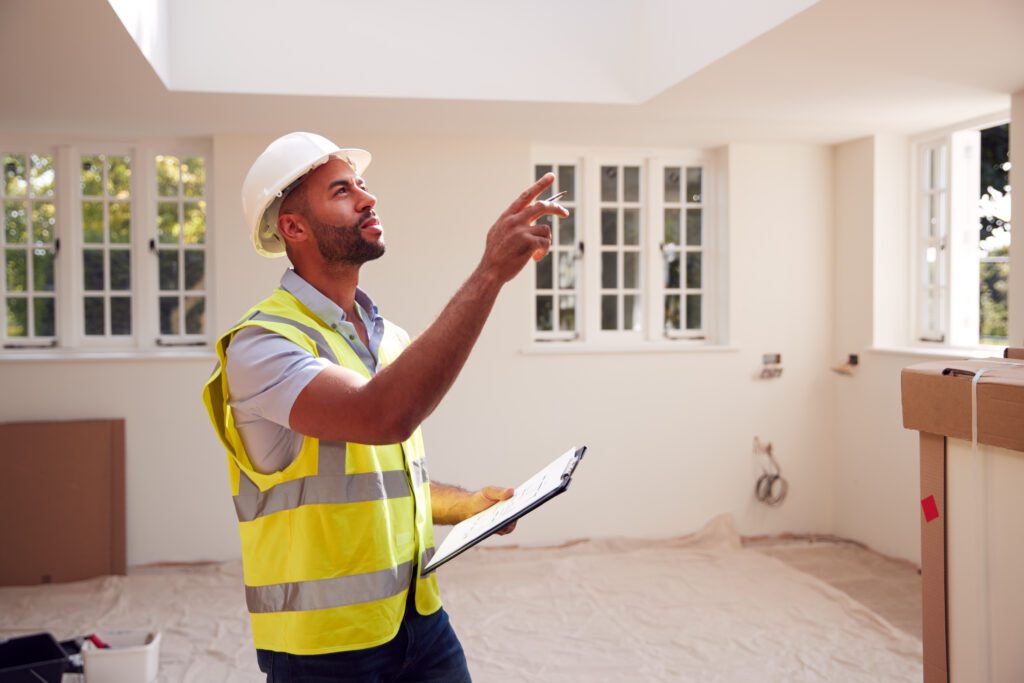
Building Inspections should include looking for defects in the property
Major defects
We must note all major defects found during the inspection. What is a major defect? We consider a major defect an item which if left unattended without repair would get worse over time.
Minor defects
Minor defect is the opposite. If left the defect would not worsen and would make no difference to the home’s integrity.
What areas are checked for major defects:

Building inspector looking for major and minor defects in the plumbing.
- Ceilings, Internal walls, floors, Internal joinery, All kitchen and laundry fittings like cabinets, plumbing hoses , s traps, tiles, etc.
- Bathroom fittings ie: vanitys, s-trap, plug and waist, flex hoses, toilets, tiles, moisture levels etc
- Roof void should be inspected in detail
- Subfloor- important full subfloor access is gained .
- External walls, windows, External doors, platforms like decks , balconys etc
- External elements, eaves, trims, gables, facias etc
- Roof exterior were accessible.
- Rain water goods like gutters, down pipes, water tanks etc
- The grounds, walls and fences and any outbuildings.
Minor defects should cover things like:
- Minor scuff marks, door latches requiring adjustments, missing sealants and grouting to tiles, some doors and windows requiring adjustments, cabinets require adjustments, Paint blemishes.
These are common examples of minor defects.
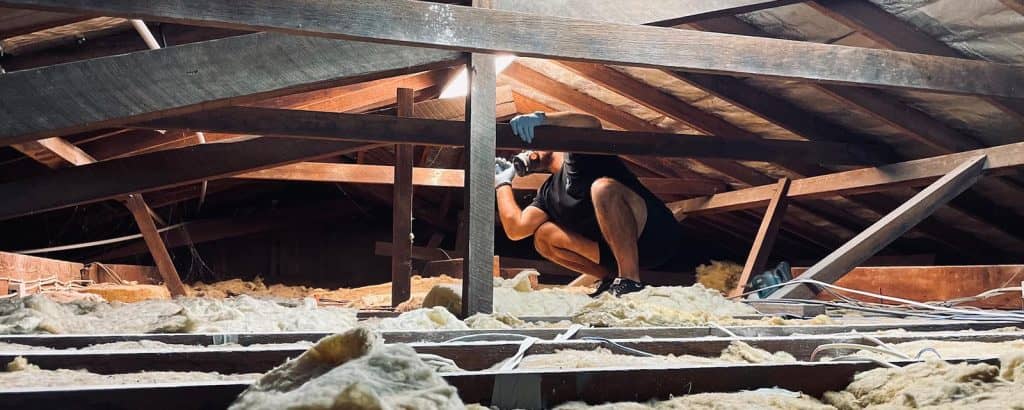
Team at Clearview Property Inspection onsite
Building inspection report for timber pest should make notes of items below:
- Were there live termites?
- Was there termite workings or damage?
- Termite management proposal.
- Frequency of future inspections.
- Was there chemical delignification?
- Was there fungal decay (wood rot)?
- Were there wood borers?
- Subfloor ventilation and what’s required?
- Any evidence of excessive moisture? If so, where? And what recommendations to resolve.
- Bridging of termite barriers? for example, no slab edge exposure or ground level to high or no ant caps would be bridging issues.
- Any areas of untreated timbers used and in ground contact.
- Any major safety hazards.
- Recommendations.
Contact Us
We have given you a brief description of things to expect in your building inspection report when purchasing a home in Sydney. We hope this helps and gives you a bit of an insight of what’s involved during the inspection of home which would require many hours to do an effective job.
If you have any questions or would like some advice we are here to help and happy to provide free advice. For any enquiries about the building inspection process, please call 02 8329 7997!
Our Building Inspection Report Sydney Checklist is comprehensive and designed to give you peace of mind when purchasing a property. At Clear View Property Inspections, we provide high-quality, reliable building inspection reports that are easy to understand and help you make an informed decision about your investment.
Contact us today to schedule your building inspection report and get one step closer to your dream home!
